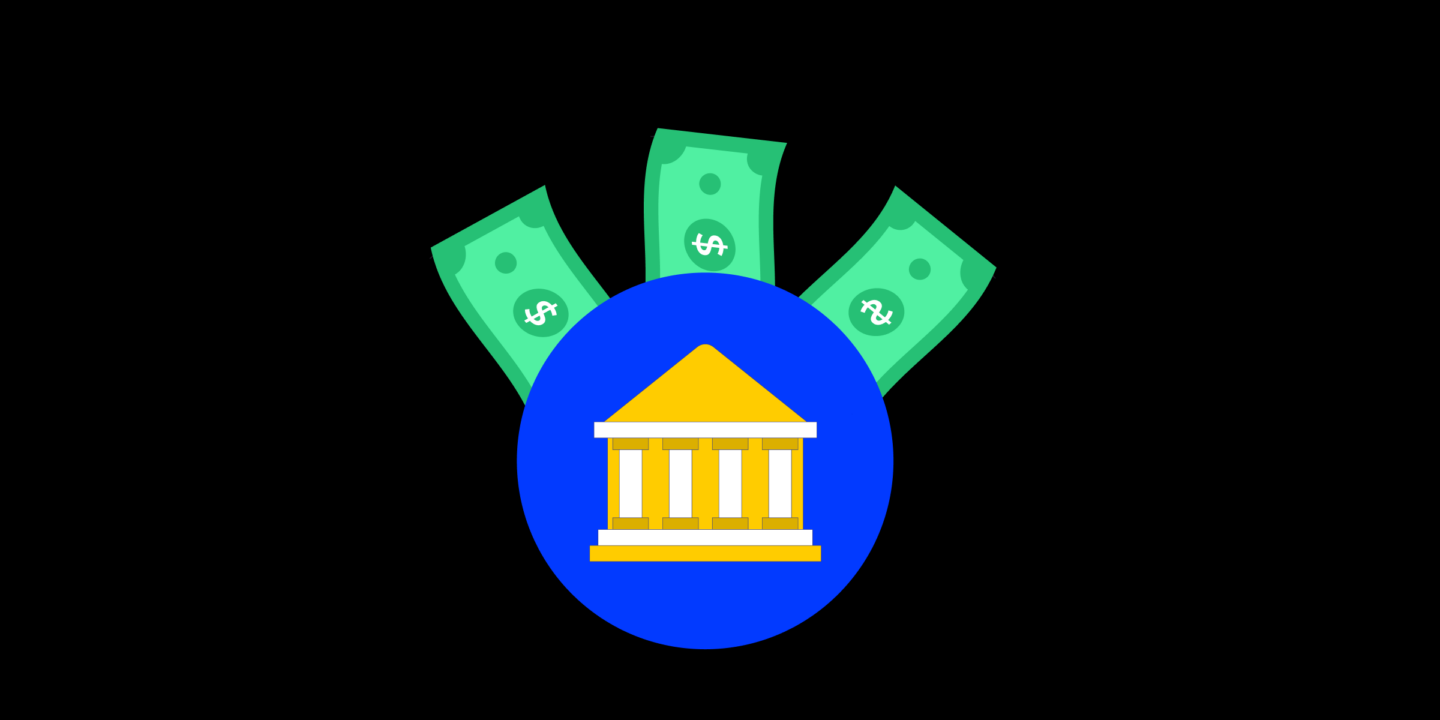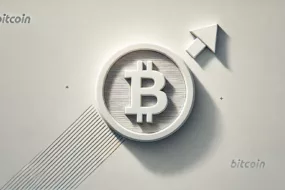
Digital currencies are on the rise in popularity these days. In 2020, only 35 countries planned to shift to Central Bank Digital Currencies (CBDCs). With governments and people starting to accept the new mode of making transactions, by March 2022, nearly 87 countries/territories are considering issuing digital currencies. Out of them, about nine countries have already launched their centrally governed digital currencies. With these digital currencies gaining huge demand, it is vital to know what CBDCs are and how they work. Let’s find out everything about CBDCs in this article.
What Is a CBDC?
In simple terms, Central Bank Digital Currency, or CBDC, is a virtual currency that a central bank backs and issues. Many governments are turning towards this type of currency to promote financial inclusion and simplify fiscal policy implementation.
Types of CBDCs
We can divide these central digital currencies into two types depending on the purpose. One is wholesale CBDC, used primarily by financial institutions, and the other is retail CBDC, used by consumers and businesses.
1. Wholesale CBDCs
Central and private banks can exchange and trade wholesale CBDCs between themselves. It helps streamline payments between these institutions, enabling faster cross-border transactions and reducing liquidity risks.
2. Retail CBDCs
In simple words, retail CBDC is a digital currency that an everyday citizen will use, for e.g., to pay for groceries, etc. It is digital money for ordinary people to make daily transactions eliminating intermediary risks. We can further divide retail CBDCs into two types: Token-based and Account-based.
- Token-based retail CBDC: They are accessible with private/public keys, allowing users to execute transactions anonymously.
- Account-based retail CBDC: These types need digital identification to access an account.
Most people confuse CBDCs with cryptocurrencies, but both are quite different. There are three main key differences.
CBDCs Vs Cryptocurrencies
- Cryptocurrencies are decentralized in nature, while CBDCs are centralized (because they’re issued and backed by the central bank of a country/territory).
- CBDCs are created by central banks, while cryptocurrencies enable users to create money with the help of a consensus algorithm.
- Cryptocurrencies are private currency, while CBDC is a legal tender used in the country.
Advantages of CBDCs
- Supports financial inclusion
- Fast and more efficient than fiat currency
- No need for a bank account
Disadvantages of CBDCs
- There will emerge competition between banks
- Requires digital literacy
- It may affect the foreign exchange markets
Also read: Top Cryptocurrencies to Invest in April 2022
Conclusion
With the world drastically moving towards digitization, central bank digital currencies could change the way of making transactions and use of money as a whole. The future of CBDCs can benefit from making payments faster with low costs, welcoming more innovation.
FAQs
1. Is CBDC a cryptocurrency?
CBDC stands for Central Bank Digital Currency. So CBDCs are not cryptocurrencies, as the Central Government regulates and manages them. Though built using blockchain, they defy the concept of decentralization, no censorship, and data privacy.
2. How does a CBDC work?
CBDCs or Central Bank Digital Currency work pretty much like fiat currency stored in bank accounts. That is why people also refer to them as digital fiat currency. Just like fiat currency, the government regulates and manages CBDCs.
3. Is CBDC a threat to Bitcoin?
Comparing CBDC and Bitcoin is like comparing apples and oranges. CBDCs are not a threat to Bitcoin. They are a centralized currency or digital fiat currency, which the government regulates and manages, unlike Bitcoin, which is a decentralized cryptocurrency, not controlled by one single person or authority.
4. Which crypto will be used for CBDC?
No cryptos can be used to create CBDCs. Instead, they are built on private blockchains. Countries like the USA, China, India, and more are already in the process of making their respective CBDCs managed by the local government.





